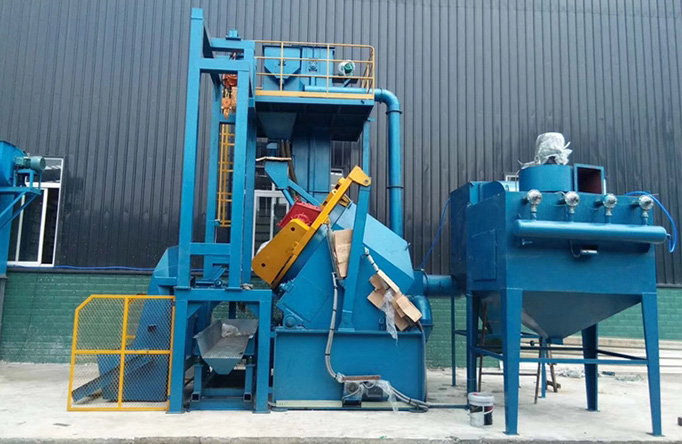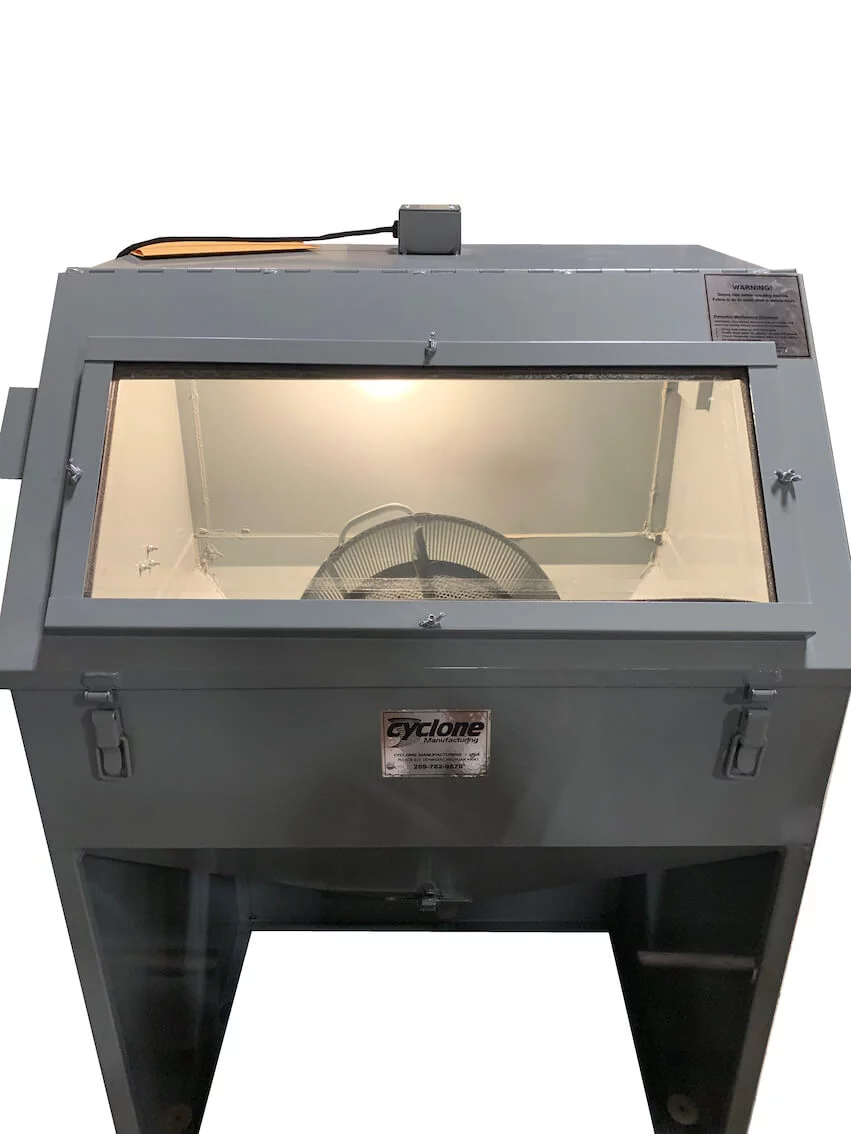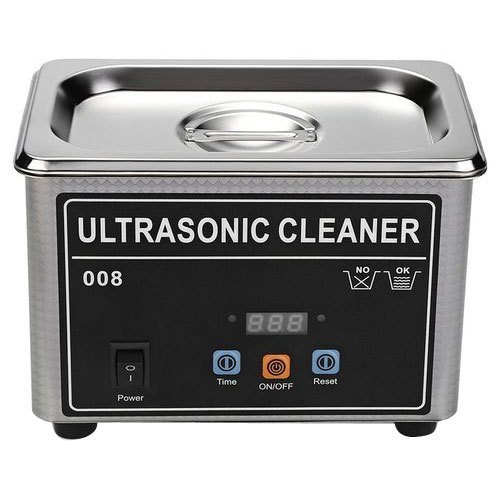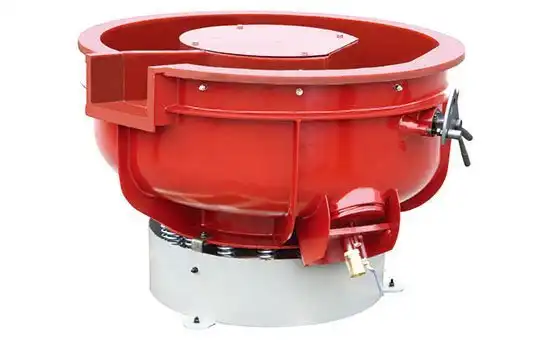How to Choose the Right Cleaning Equipment for Castings?
2025-01-07 11:24:44 hits:0

In the casting production process, cleaning castings is a crucial step to ensure the quality of the castings and smooth subsequent processing. The choice of cleaning equipment directly impacts production efficiency, product quality, and cost control. How to select the right casting cleaning equipment is a key consideration for every foundry. This article will explore the casting cleaning requirements, types and characteristics of common cleaning equipment, and the key factors to consider when choosing equipment.
I. Analysis of Cleaning Requirements for Castings
The main goal of casting cleaning is to remove residual sand molds, gating systems, oxide scales, grease, wax, and other impurities from the surface of the casting, ensuring a clean surface and meeting the requirements for subsequent processing. Specifically, casting cleaning requires:- High Removal Efficiency: The ability to efficiently remove surface impurities, reduce manual labor, and improve production efficiency.
- No Damage to Casting Surface: The equipment should not cause excessive wear or damage to the casting surface, especially when dealing with precision castings.
- Strong Adaptability: The equipment should accommodate various types, sizes, and materials of castings.
- Environmental Compliance: The cleaning process should minimize waste generation, noise, and other environmental impacts to comply with environmental standards.
II. Common Types of Casting Cleaning Equipment and Their Characteristics
1.Shot Blasting Machine
- Working Principle: Uses high-speed rotating blast wheels to project steel or cast iron shot onto the casting surface, removing surface impurities.
- Applicable Range: Primarily used for castings made of materials like cast iron and aluminum alloys, suitable for mass production.
- Advantages: High efficiency, high automation, suitable for large-sized castings and complex shapes.
- Disadvantages: May cause damage to the surface of precision castings with high surface finish requirements.

2.Sandblasting Machine
- Working Principle: Uses compressed air to propel sand particles onto the casting surface, removing impurities through the impact of the sand.
- Applicable Range: Suitable for small and medium-sized castings, especially effective for castings requiring fine surface treatment.
- Advantages: Effectively removes sand molds, gating systems, and other attachments, ideal for small batch production.
- Disadvantages: Relatively slower cleaning speed and higher consumable costs (e.g., sand).

3.Ultrasonic Cleaning Machine
- Working Principle: Uses high-frequency ultrasonic vibrations to detach contaminants such as grease, wax, and dirt from the casting surface.
- Applicable Range: Suitable for precision castings or those with complex structures.
- Advantages: Delicate cleaning, no damage to the surface, ideal for castings with special surface requirements.
- Disadvantages: Longer cleaning time, limited batch processing, and higher equipment investment.

4.Vibratory Finishing Machine
- Working Principle: Uses vibration to cause the casting and abrasive media to rub against each other, achieving the removal of surface impurities.
- Applicable Range: Suitable for medium and small-sized castings for deburring, de-sanding, and surface polishing.
- Advantages: Ideal for cleaning complex-shaped castings without damaging their surfaces.
- Disadvantages: Lower cleaning efficiency, not suitable for large batch production.

5.Manual Cleaning Tools
- Working Principle: Manual tools (such as brushes, scrapers, or air guns) are used to remove impurities from the casting surface.
- Applicable Range: Suitable for cleaning smaller or more delicate castings.
- Advantages: Flexible operation, strong adaptability, capable of handling various shapes of castings.
- Disadvantages: Low efficiency, high labor costs, and not suitable for large-scale production.
III. Key Factors to Consider When Choosing Casting Cleaning Equipment
1.Casting Material and Shape
- Different materials of castings require different cleaning methods. For example, aluminum alloy castings are generally unsuitable for shot blasting, but are more suitable for sandblasting machines or ultrasonic cleaning machines.
- Precision or complex castings may require more delicate cleaning processes, such as ultrasonic cleaning or manual cleaning tools.
2.Cleaning Efficiency and Production Scale
- For large-scale production, high-efficiency, automated equipment such as shot blasting machines and vibratory finishing machines should be chosen to improve production efficiency.
- For small batch production or precision castings, equipment like sandblasting machines, ultrasonic cleaners, or manual cleaning tools may be more appropriate to ensure surface quality.
3.Environmental Requirements
- The waste generated during the cleaning process needs to be properly handled. Shot blasting machines and sandblasting machines generate a lot of waste, so they require appropriate waste recovery and treatment systems.
- Ultrasonic cleaning machines generally produce less waste, making them more eco-friendly.
4.Investment and Maintenance Costs
- High-efficiency cleaning equipment often requires higher initial investment, but over the long term, its high efficiency and automation can reduce labor costs and improve production efficiency.
- It’s important to evaluate the maintenance costs, energy consumption, and ease of operation of the equipment, and choose the one that fits the company’s budget and technical capabilities.

 en
en  fra
fra  de
de  ru
ru  gle
gle  th
th  ara
ara  it
it  jp
jp  kor
kor  zh
zh 


